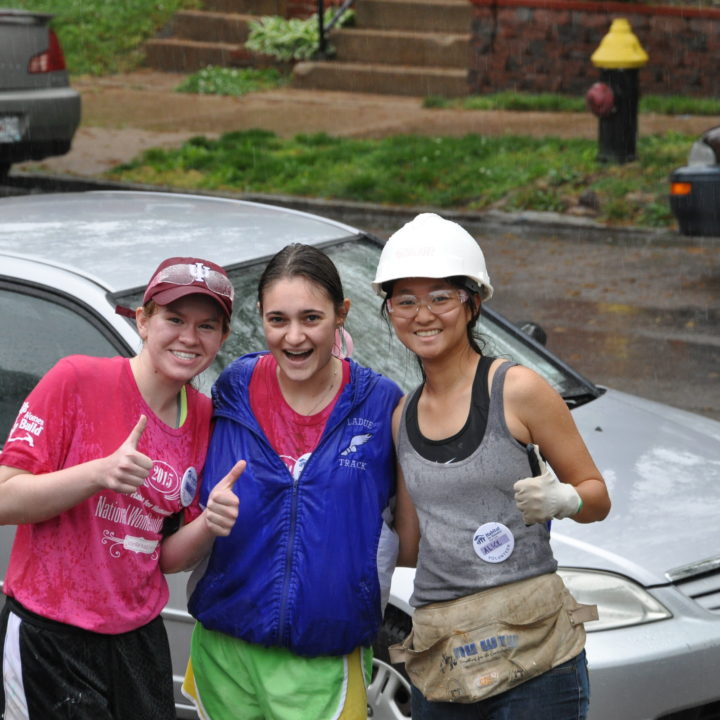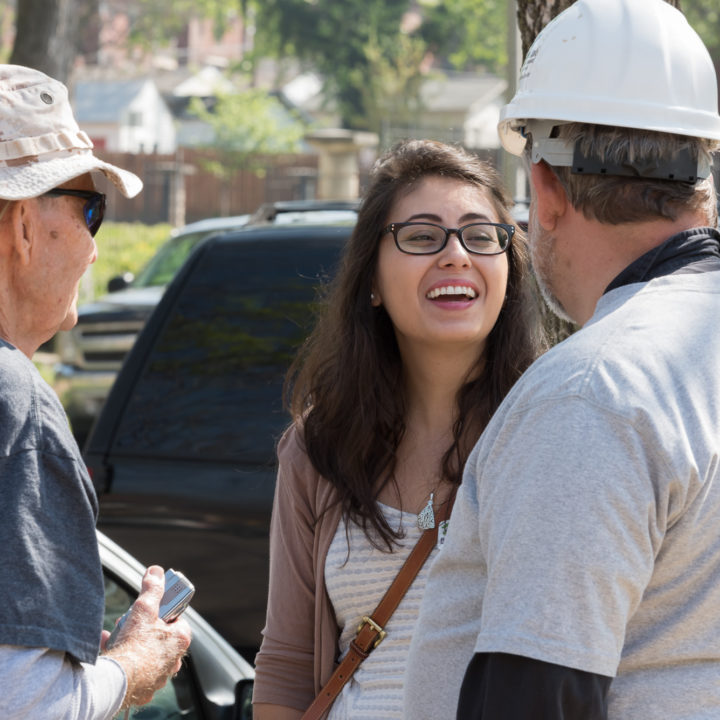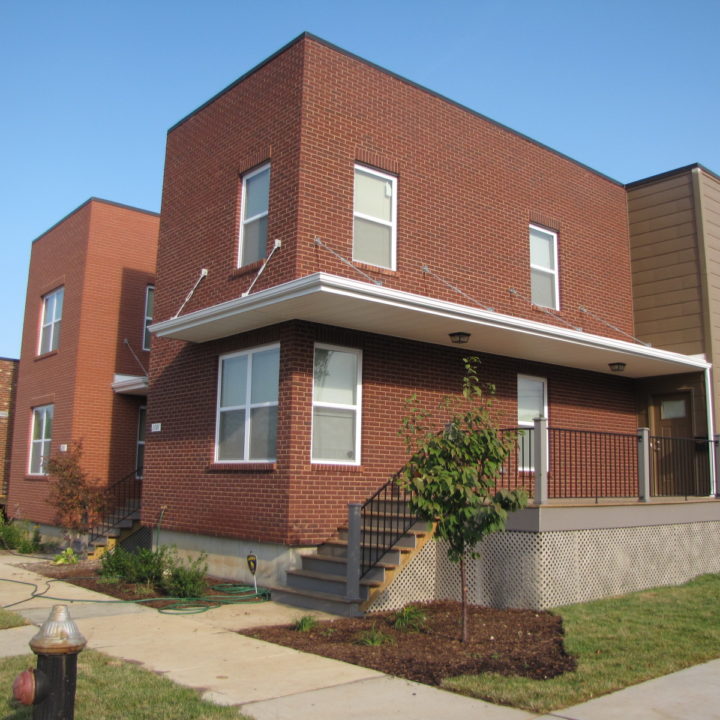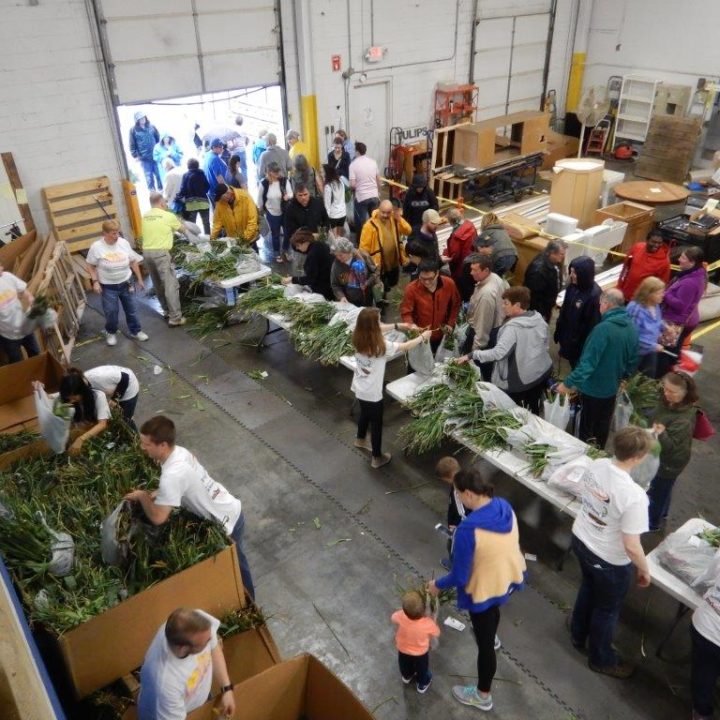If you’re a native of St. Louis or have only been living here for a short while, you know one thing is certain—Midwest weather is always changing. With winter weather headed to our region sooner rather than later, we have a few tips on how to prepare for the colder temps and how winterizing your home can help keep your costs down.
Typically, the dangers of winter weather gets overlooked, but it’s never a bad idea to have a winter weather plan in place. While St. Louis doesn’t typically get blizzards, we’re known to get a few heavy snow storms and the intolerable ice storms.
First step is to weatherproof your home.
- Be sure to insulate any water lines that run along exterior walls so water supply will be less likely to freeze. Use insulation, newspaper or plastic to keep from freezing. You can also let your faucets drip water to prevent freezing if you’re unsure about where your water lines are located.
- Caulk and weather strip windows and doors. Cold air has the tendency to seep through the cracks causing the your furnace to keep running, which means higher utility bills.
- Make sure your home heating sources are installed correctly and up to code.
- Repair any roof leaks you may be experiencing. Also a good idea to clean gutters and remove leaves and other debris build up.
- Have your chimney or flue inspected and cleaned.
- If using space heaters, be sure to never leave them unattended and always keep under surveillance if children are near. Never leave a space heater on when not home.
Once your home is weatherized, it’s smart to prepare a winter weather kit. While many of us flock to the grocery stores to get the “STL Winter Weather Kit,” these ready-to-use kits can be essential if hazardous weather emerges out of nowhere. Kits could include:
- Cell phone and battery powered charger. You never know if power lines will be down, and having a charged phone is smart. Try not using your phone if not necessary to conserve battery. Those social media apps can easily drain your battery, FYI!
- Blankets and warm clothes.
- Nonperishable food and plenty of water.
- Flashlights and extra batteries.
- Carbon monoxide detectors.
- Battery operated radio to keep track of weather.
- Games, books or any activity to help pass the time.
Variations of these weather kits could also be used in cars. While it’s not recommended to be outside during severe winter weather, chances are you may need to go somewhere so safety first. Be prepared by having extra blankets (gloves, scarves and hats, too) flashlights, a compact shovel and have a windshield scraper. If possible, try water-proofing your coat and boots to help keep you dry and warm.
Before the storm hits, keep an active eye on weather reports. Tune into local news outlets or look up weather reports on the NOAA for updates. Knowing the difference between advisories, watches and warnings.
- ADVISORY: Inconvenient winter weather is possible.
- WATCH: Hazardous winter weather is likely within 36 hours. Stay tuned to a TV or radio for more information, and be prepared.
- WARNING: Dangerous winter weather is expected or occurring. Take shelter immediately.
While winter may not be everyone’s favorite season, it can be more enjoyable knowing your home is prepared for the cold days. Still have questions about weatherproofing your home and being prepared for winter weather? The Centers for Disease Control and Prevention and the American Red Cross have other tools that may help you out.





